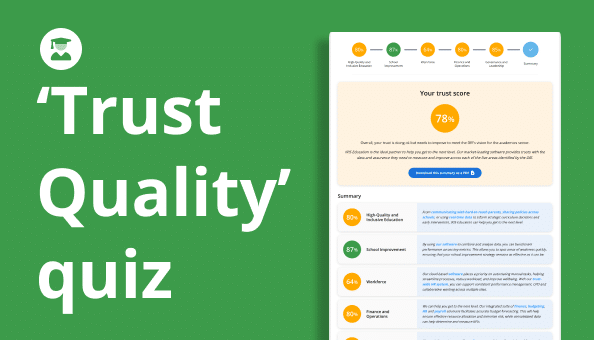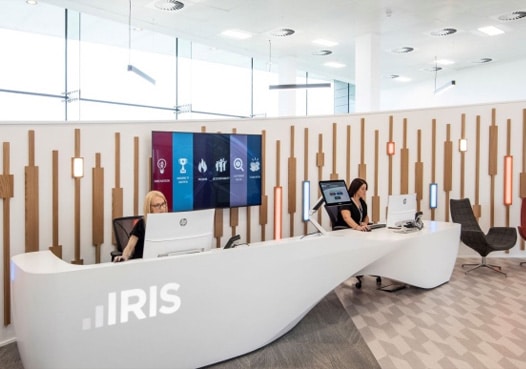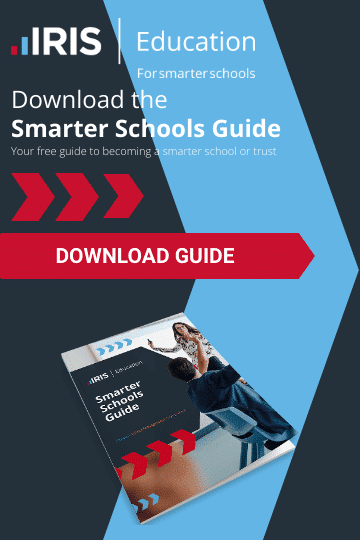BLOGS
Implementing a new MIS: what to consider

A Management Information System (MIS) sits at the heart of any school/Multi-Academy Trust (MAT).
With more choice than ever before, a large number of schools are currently in the throes of changing systems – over 2000 schools in the last year alone.
As the start of the school year is already incredibly hectic, the last thing you want is issues getting to grips with a new system.
When choosing an MIS supplier, the functionality will be a major factor, but other areas, such as implementation and support, also need consideration.
Ask yourself: what will your MIS provider do to ensure the software is implemented efficiently and widely adopted by staff? Do they have the resources needed to make this work?
The last thing you want is to find a new provider, only for there to be delays and a lack of understanding from staff about how to use the software resulting in poor adoption.
What MIS implementation should look like
At IRIS, we use a blend of Agile and Waterfall methodologies to ensure the process is as pain-free as possible; these underpin our approach to project managing our MIS implementations.
Waterfall was originally a technology development methodology which outlined a single, long-term goal and dedicated resources to it over an extended period.
While Agile is an evolution of Waterfall, focusing on small objectives across much shorter timeframes, thus offering far more opportunities to adapt things along the way.
With our Agile Waterfall approach, we set our long-term goal of implementing your new MIS but utilise checkpoints along the journey, which enable changes to be made in relation to your requirements.
What is the step-by-step?
When undertaking our Agile Waterfall approach, the process can typically be broken down into two phases.
Phase one: initially, we focus on your core data, extracting and importing the crucial information on your school/MAT, pupils and staff.
Phase one training: after the initial data transfer, our teams progress with personalised training adapted to the needs of your school. Using a variety of in-person training, webinars and screen-shares, our team work with you, ensuring everyone is comfortable with the system.
Phase two: after getting to grips with the software and how it fits in with your daily affairs, we begin to import your legacy information, including your previous assessment and attendance data. This import of historic data all happens in the background, meaning you can continue using the system with no interruption during this time.
Phase two training: now that the basics have been covered, the second phase of training focuses on more situational tasks such as organising cover, running assessments and sorting exams – crucial aspects but not the day-to-day.
What about my data?
We recently heard from school leaders that a key blocker to them switching MIS is the data aspect and work involved in moving it across.
At IRIS, it’s our view that we tackle data as a partnership, using our expertise to help you streamline the work required.
We also offer advanced validation tools which help you clean your data with minimal manual intervention, further simplifying the migration.
New E-book! Everything you need to know about implementing a new MIS
You know the saying: out with the old, in with the new!
We recently compiled everything you need to know about switching your MIS; from system considerations to implementation timeframes, our new E-book offers a one-stop resource for all your MIS questions.
Alternatively, you can learn more about IRIS Ed:gen, our smarter, cloud-based MIS, here.












